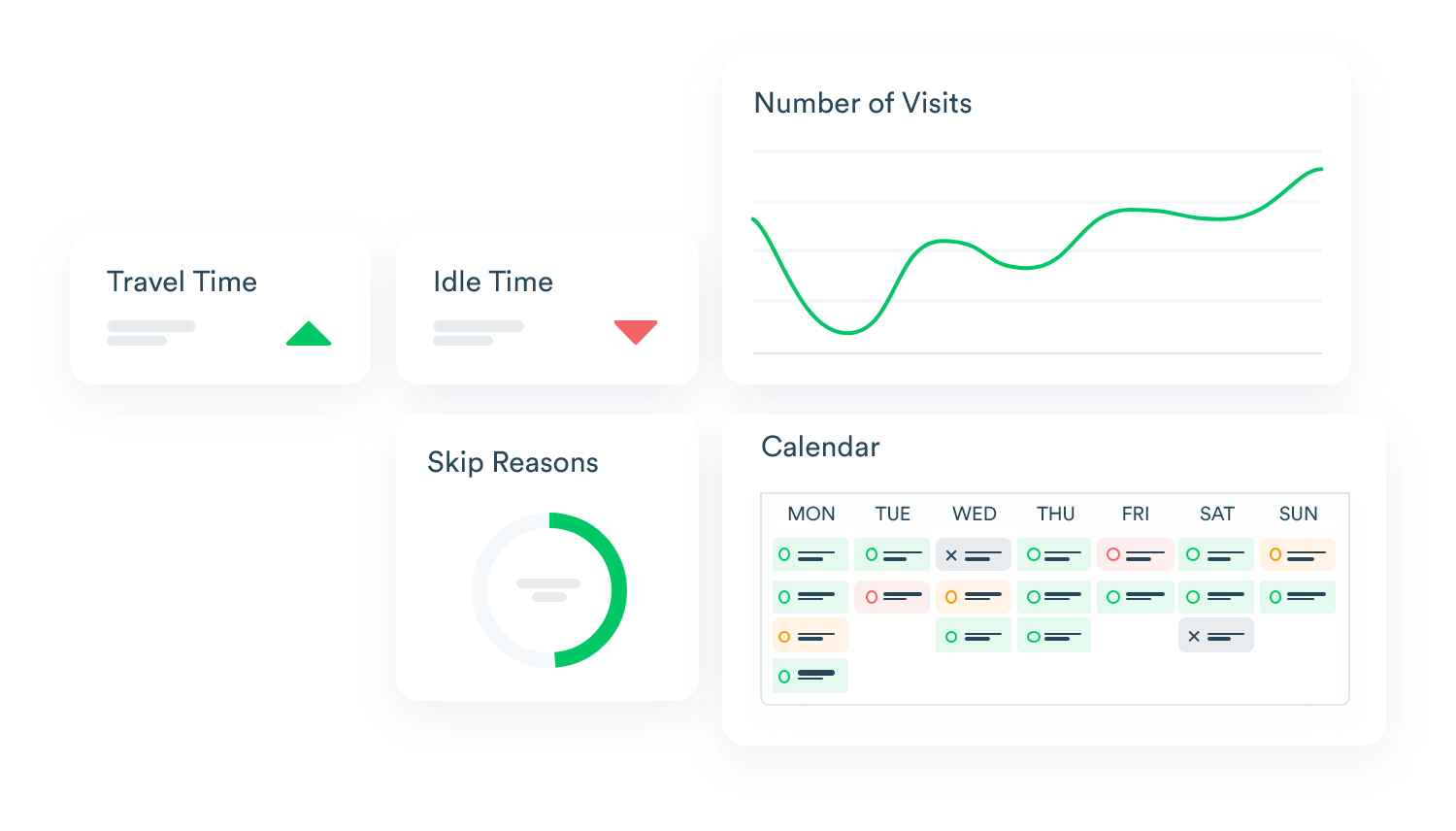Effective shelf-life management is more critical than ever. With a higher demand on fresh and organic products the trend of having fast moving with short expiry items as part of a portfolio is inevitable. Managing shelf lifecycles is a crucial aspect of retail merchandising that directly impacts the bottom line and also influences customer satisfaction and brand loyalty.
In this article, we will explore what shelf-life management entails, its significance, and how you can implement strategies to optimize it within your business operations.
Understanding Shelf-Life Management
What is Shelf Life?
Shelf life refers to the length of time a product remains usable, fit for consumption, or saleable, this can be the expiry date or even before it depending on local legislations. It is a key factor in retail, affecting everything from inventory management to marketing strategies. Knowing how long products can stay on the shelves before they lose quality or become unsellable is crucial for maintaining profitability and minimizing waste.
Factors Affecting Shelf-Life
Several factors influence a product’s shelf life, including the environmental conditions in which they are stored such as temperature, humidity, and light exposure, which can significantly impact longevity. Additionally, the materials and methods used in packaging play a crucial role in protecting items from detrimental elements. Product type also matters, as perishable goods like dairy have shorter shelf lives compared to non-perishables like canned goods.
Understanding these factors enables businesses to manage shelf life more effectively (by negotiating better retail spaces both on-shelf and in storage areas) and optimize their supply chain processes.
The Impact of Poor Shelf-Life Management
Neglecting proper shelf-life management can result in severe consequences that impact both businesses and the environment. One major issue is increased waste, as products that spoil or expire before they are sold lead to financial losses and contribute to environmental degradation. Additionally, poor shelf-life management can cause reduced sales; out-of-stock situations or the sale of expired goods can tarnish a brand’s reputation and drive customers away, ultimately affecting profitability. Furthermore, operational inefficiencies arise from poorly managed shelf life, leading to chaotic inventory management and higher operational costs. These factors emphasize the importance of effective shelf-life management in maintaining a successful and responsible business.
Strategies for Effective Shelf-Life Management
Implement Efficient Planograms
Planograms are visual representations of store layouts or shelves, designed to optimize product placement and presentation. By strategically organizing products, retailers can reduce out-of-stock, expiry and waste, and ensure high-demand items are easily accessible. This arrangement not only improves sales but also enhances the shopping experience.
Manage your retail operations (aka use Shelvz)
Modern technology presents robust solutions for effectively managing shelf life, which is crucial for optimizing product lifecycle and maximizing promotional opportunities, especially as products approach their expiry dates. Here are some ways to do so:
- Merchandising Solutions: Platforms like Shelvz are game-changers in this regard. They provide real-time analytics and visibility into on-shelf availability, empowering retailers to conduct precise audits of stock levels. This capability not only helps prevent out-of-stock situations but also allows retailers to identify products that are nearing their expiry dates. By leveraging this data, retailers can implement timely promotions and discounts, ensuring that perishable items move quickly off the shelves rather than going to waste.
- Leveraging Algorithms: The integration of software solutions (and artificial intelligence when applicable) further elevates inventory management. You can analyze historical sales data and predict demand patterns, enabling retailers to adjust inventory levels proactively. This foresight is particularly beneficial for managing products with limited shelf life. By anticipating consumer demand, retailers can make informed decisions about restocking and promotional strategies, thereby reducing waste and enhancing profitability.
- Promotion Management: Yes, another feature of Shelvz but what is really interesting here is the ability of using the data you have from your solution to activate promotions quasi-instantly to boost sales and avoid any lost sales or waste. The more your tools allow you to manage your promotions the better.
Solutions like Shelvz will streamline inventory management and will also play a vital role in optimizing your product lifecycle across your portfolio. By perfecting your merchandising operations, empowering your sales and ensuring that products nearing their expiry dates are promoted effectively, you can minimize losses while providing value to consumers. The synergy between technology and retail practices is essential for fostering a sustainable and efficient marketplace.
Monitor and Reduce Waste
Adopting best practices for monitoring shelf life can significantly reduce waste by implementing regular audits to identify near-expiry items and formulate strategies for quick sales, such as discounts or promotions. Conducting these regular checks allows businesses to stay proactive in managing their inventory and avoid losses. Additionally, leveraging data-driven decisions through analytics can help inform restocking schedules and order quantities, ensuring that inventory levels align with consumer demand. Moreover, actively managing promotions can be an effective way to clear out near-expiry stock, making it appealing to customers while minimizing waste. By combining these strategies, businesses can enhance their operational efficiency and sustainability.
Like what your reading?
Take a moment to subscribe before continuing and never miss out on exclusive insights, news, and case studies.
Conclusion
Effective shelf-life management is a dynamic process that requires ongoing attention and optimization. By implementing the right strategies and leveraging technology, businesses can improve efficiency, reduce waste, increase their sales and enhance customer satisfaction.
For more insights and tools to enhance your shelf-life management, consider booking a demo with us to see how our solutions can integrate seamlessly with your operations.



